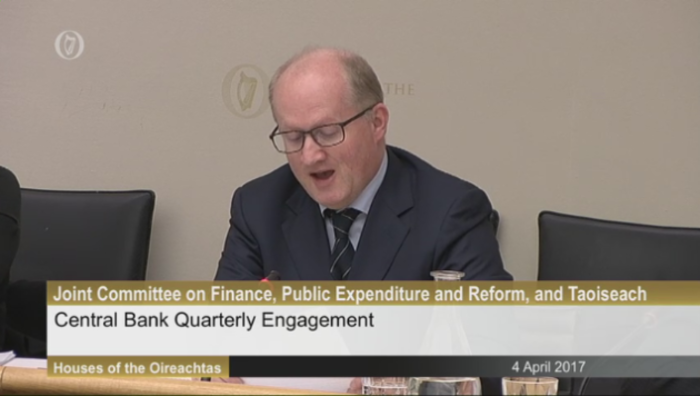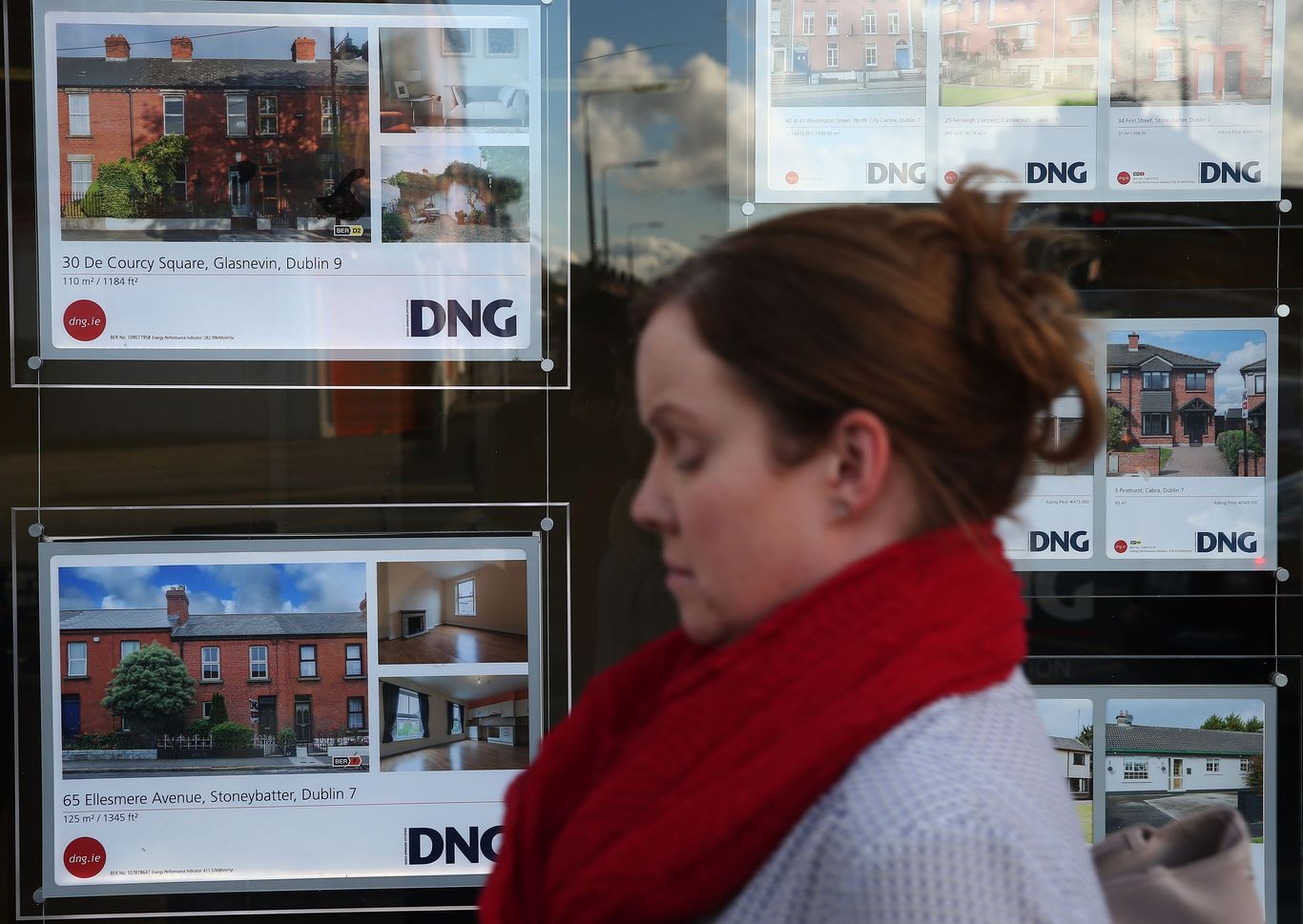The Central Bank says 'of course' the help-to-buy scheme is driving up house prices
But governor Philip Lane thinks the market will correct itself in the long-term.
THE GOVERNOR OF the Central Bank, Philip Lane, has said that the government’s help-to-buy scheme is driving house prices up.
In recent days, two housing reports from Daft.ie and MyHome.ie have showed that the costs of accommodation have jumped dramatically during the past three months.
Appearing today at an Oireachtas finance committee, Lane said that the impact of the help-to-buy scheme was “of course” to drive up house prices.
“I don’t think there can be any doubt that if you have additional capacity that the effect will, of course, be rising house prices.”
He added that this could be just a short-term effect, and that the long-term effect of new houses and an increase in supply could ‘self-correct’ the market.
But he questioned whether the €20,000 grant to first-time buyers for buying new properties was the best way to fix the housing crisis.
“If you’re offering 20k rebate, is that the best use of that funding? But that’s for the Oireachtas to (decide).”

The first-home buyer grant and looser lending rules have been forecast to fuel double-digit prices rises this year as demand continues to far outstrip new supply.
Intervention
Sinn Féin’s Pearse O’Doherty asked when the Central Bank would intervene if it saw signs of another housing bubble emerging.
Lane said the regulator would review its stance each November but added that “rising prices over a relatively short amount of months not enough”.
He said the mortgage market was only one factor in housing affordability. At the end of 2016, mortgage rates were not going above the Central Bank’s threshold of 3.5 times borrowers’ income levels.
“Credit rules are not about solving the affordability problem in this country,” he said.
It has been estimated that at least 30,000 new homes are needed each year across Ireland to keep pace with demand, but less than half the number were built in 2016.
Written by Gráinne Ní Aodha and posted on TheJournal.ie






